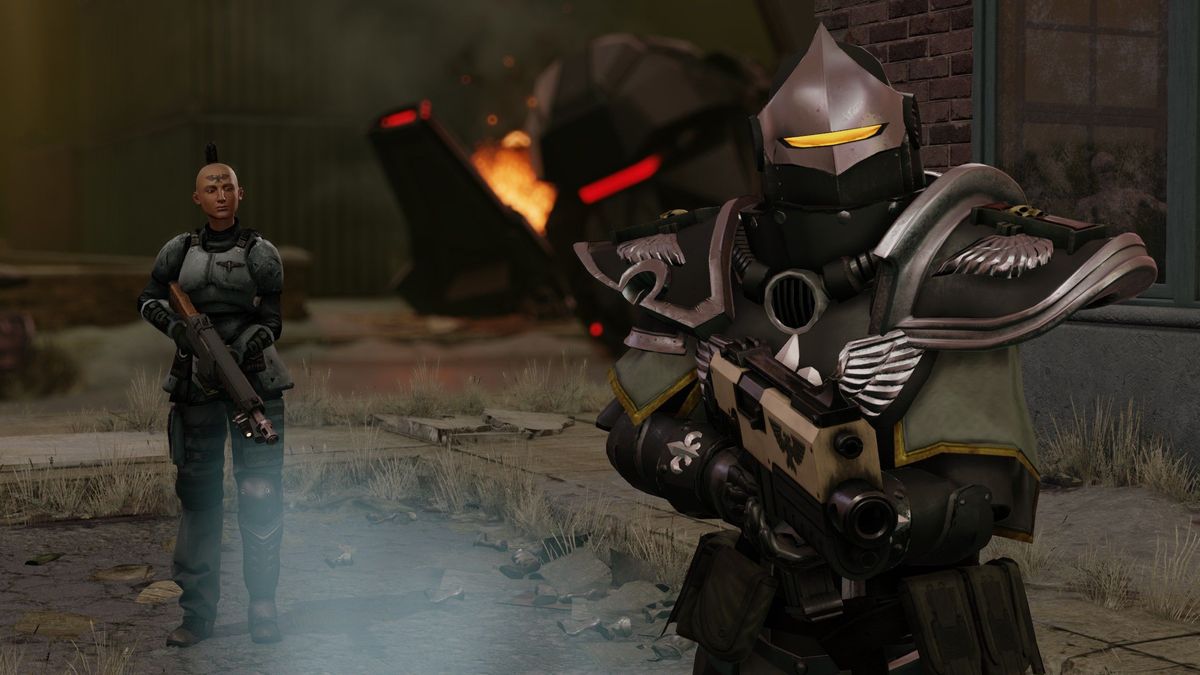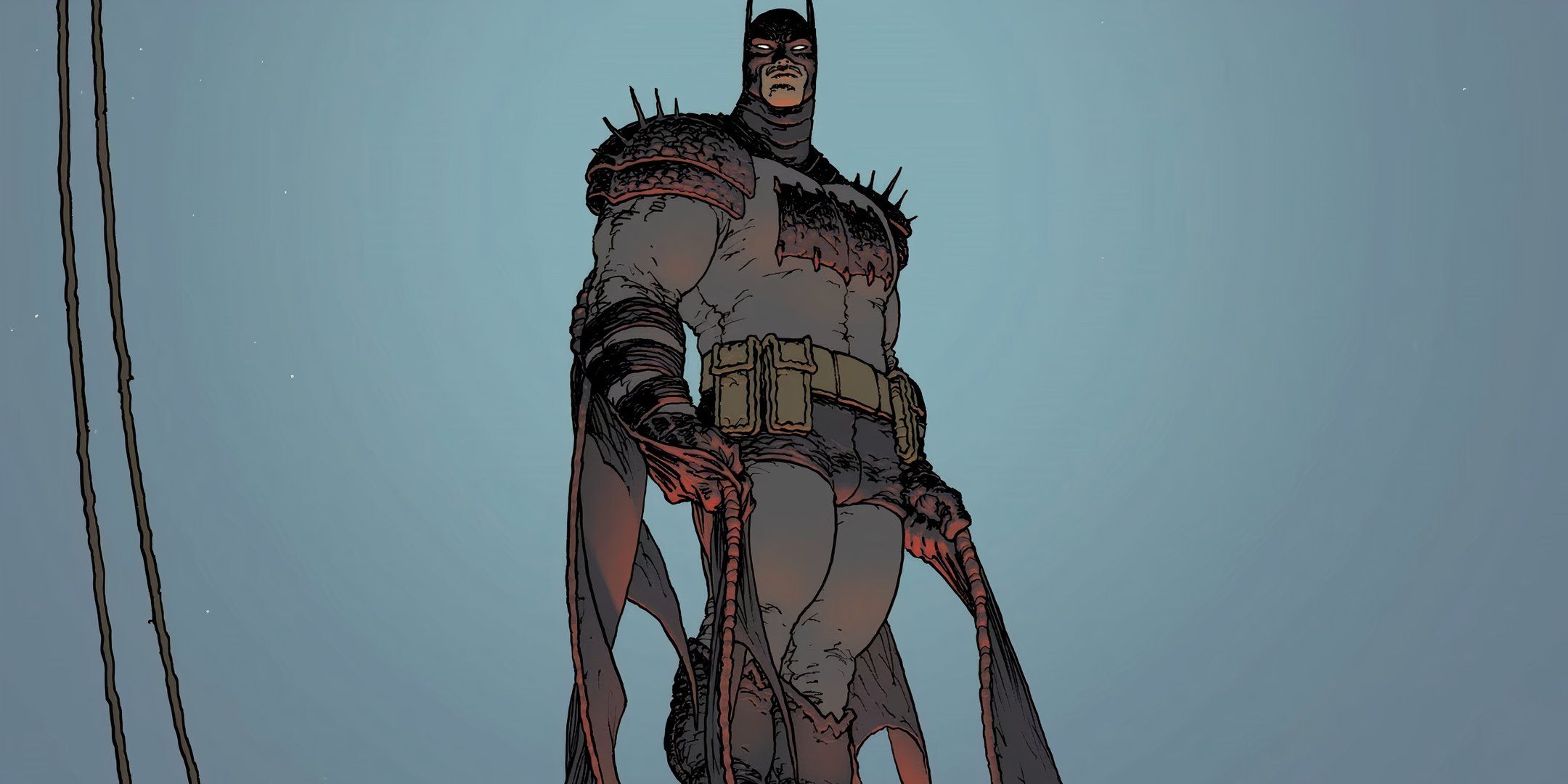Motion blur sucks, and that’s coming from someone who does use it. In video games, it generally helps smooth out the perceived frame-rate in a video game, but it also smears the image to a ridiculous degree. The good news is that BlurBusters might have an alternative.
As you may or may not know, the old cathode-ray tube screens weren’t without merit. Heavy, clunky, and egregiously outdated in some respects, CRTs handled motion much, much better than any modern screen does. This isn’t magic, justthe nature of the beast: Black Frame Insertion came part-and-parcel with these displays, drawing lines of pixels (phosphors, really) so quickly that motion remained crystal-clear no matter your refresh rate. Modern displays don’t have BFI by default except in select rare cases, and there’s usually a caveat attached.
Now, BlurBusters has been dedicated entirely to the elimination of perceived motion blur in games, and the team’s new Refresh Cycle Shaders may be key to this problem. How? By emulating the CRTs’ strobing effect, of course. Here’s a 60 FPS 120Hz side-by-side demo to demonstrate the transformative effect of the shader, if you don’t believe me.
 Image via PC Mag
Image via PC MagCheck out Refresh Cycle Shaders via BlurBusters today
Now, BlurBusters’ Refresh Cycle Shaders aren’t Black Frame Insertion as such: it’s much more involved and effective than that. The baseline shader is already available via GitHub and ShaderToy, but the web browser demo I included above should illustrate how effective it is without any added fuss.
The obvious kicker is that this tech won’t be too useful by default to a large subset of users: you ideally want to have a 240Hz (or faster) display for it to render properly, otherwise you may get loads and loads of flicker. Pixel response times are crucial, too; you want those to be as fast as possible. In other words, the shader isn’t even close to being universally applicable. Still, it’s the start of a potential solution for motion blur as faster displays become more readily available on the market.
BlurBusters is also already in talks with Valve for SteamOS implementations, which is exciting in its own right: “Blur Busters is currently communicating to Valve and has now committed to adding a refresh cycle shader system to SteamOS that runs independently of content frame rate,” says the official blog post. The shader has also been implemented into the cutting-edge build of Retroarch for those who are ready to give it a shot right away.
The use cases for Refresh Cycle Shaders are almost too numerous to keep track of:
- Display simulation of CRTs, plasmas, and other exotic, unavailable screens.
- Adjustable pixel-response and overdrive settings.
- Deflickering and de-stuttering features.
- Massive motion blur reduction.
- Fixes for non-standard subpixel layouts (QD-OLED, WOLED, etc.).
- Professional esports gaming.
And that’s just scratching the surface of what else might be possible with RCS, even if there are many requirements for them to work properly, too. These include an appropriate level of hardware (i.e., a dedicated GPU), support for independent refresh cycle processing, VSYNC virtualization, and linear nit support, just to name a few.
BlurBusters’ work on RCS is still rather arcane from a layperson’s point of view, but this may well be the killer of motion blur some of us have been waiting for all along. With a bit of luck, it’s just a matter of time before hardware makers and OS developers pick RCS up and run with it.
Destructoid is supported by our audience. When you purchase through links on our site, we may earn a small affiliate commission. Learn more about our Affiliate Policy

 2 days ago
8
2 days ago
8








 English (US) ·
English (US) ·